Ski, Norway / Labarthe-sur-Lèze, France — October 7, 2025
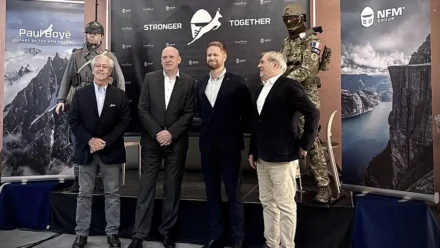
The Norwegian personal protective equipment company, NFM Group has completed the acquisition of Paul Boyé, one of France’s most established defense and security manufacturers. The transaction marks a new stage in NFM Group’s European expansion and reinforces its long-term commitment to the French Armed Forces and national security institutions.
Following a comprehensive process with French authorities, NFM Group has acquired 100% of the shares in Paul Boyé . The Closing was finalised on October 7th 2025, with the transfer of ownership taking effect the same evening.
From heritage to horizon: A new chapter for Paul Boyé and NFM Group
Founded in 1904, Paul Boyé supplies protective and operational systems to armed forces, law enforcement, first responders, and the health sector, continuing a legacy of more than a century of experience. The company is a recognized expert in CBRN protection, and a trusted supplier of tactical equipment, as well as technical uniforms and protective garments used in demanding operational environments.
NFM Group, founded in Norway in 1996, has grown from a small start-up to a global defense supplier with operations across Europe and the United States. Following the acquisition of the German company Hexonia in 2022, NFM Group has built a strong and strategically positioned European industrial footprint.
“This acquisition reinforces our long-term partnership with France — one of our most important and trusted defense markets,” said Walter Øverland, CEO of NFM Group.
“It secures industrial continuity, strengthens local presence, and ensures that key capacities remain in France.”
“Secondly, it significantly expands our European footprint and strengthens the Group’s overall capabilities — from research and design to full-scale production and lifecycle support. Together, we are building a stronger, more resilient European defense industry.”
Jacques and Philippe Boyé, the previous owners added;
“We are very happy to hand over the reins to NFM Group given its managerial and industrial qualities. This acquisition ensures the continuity of Paul Boyé, to which we are deeply attached. We can leave with peace of mind after having dedicated 50 years of our lives to the company.”
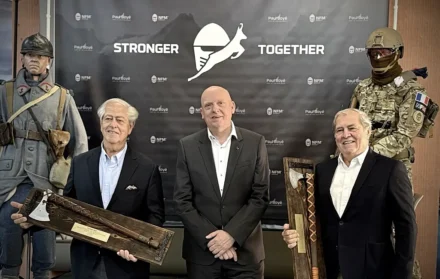
From the left: Philippe Boyé, Walter Øverland, Jacques Boyé
A European footprint
The addition of Paul Boyé further strengthens NFM Group’s European industrial network, creating powerful synergies across the continent. Together, these companies expand the Group’s capacity to deliver complete protection systems — including body armor, helmets, uniforms, CBRN protection, firefighter equipment, and advanced logistics and recycling solutions — supported by R&D and production capabilities across Europe.
With production sites now spanning Norway, France, Germany, Poland, Bulgaria, the United States, and Madagascar, NFM Group consolidates one of the most comprehensive industrial bases in the European defense sector, ensuring supply chain resilience and operational continuity in times of crisis.
New leadership at Paul Boyé
As part of the integration, Mads E. Larsen, currently Managing Director of NFM France and Chief Strategy Officer of NFM Group, will assume the role of President & CEO of Paul Boyé.
“Paul Boyé is a company with a proud legacy and a significant position in France for more than a century — as well as an international presence through the export of CBRN protection systems,” said Mads E. Larsen.
“In the months ahead, together with the new leadership team at Paul Boyé — and in close partnership with NFM Group — we will define the direction and priorities for the company’s future. It’s an exciting journey that combines respect for the past with the ambition to shape the future.”

Mads E. Larsen, President & CEO of Paul Boyé






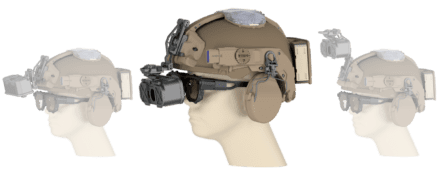



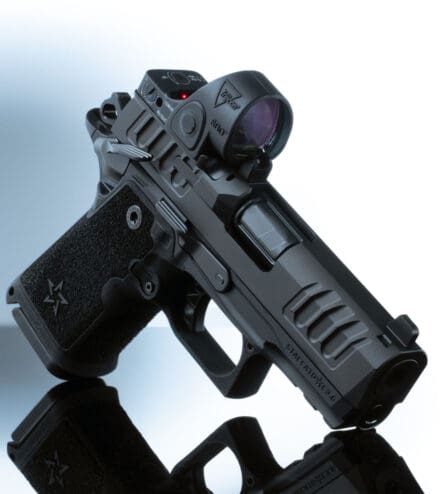


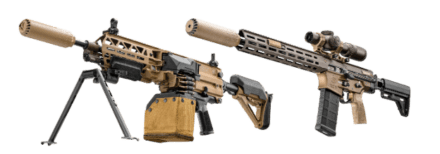



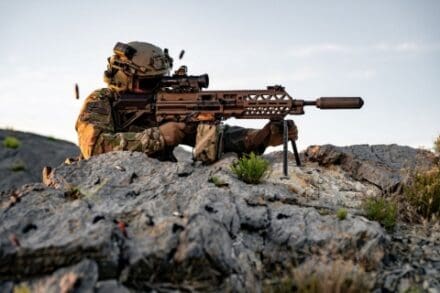


 The IWTSD exists to identify and develop capabilities for the Department of Defense (DoD) to conduct irregular warfare against all adversaries, including Great Power competitors and non-state actors. The IWTSD delivers those capabilities to DoD components and interagency partners through rapid research and development, advanced studies and technical innovation, and provision of support to U.S. military operations. In addition, the IWTSD directly manages bilateral agreements with five partner countries: Australia, Canada, Israel, Singapore and the United Kingdom.
The IWTSD exists to identify and develop capabilities for the Department of Defense (DoD) to conduct irregular warfare against all adversaries, including Great Power competitors and non-state actors. The IWTSD delivers those capabilities to DoD components and interagency partners through rapid research and development, advanced studies and technical innovation, and provision of support to U.S. military operations. In addition, the IWTSD directly manages bilateral agreements with five partner countries: Australia, Canada, Israel, Singapore and the United Kingdom.

















































































































